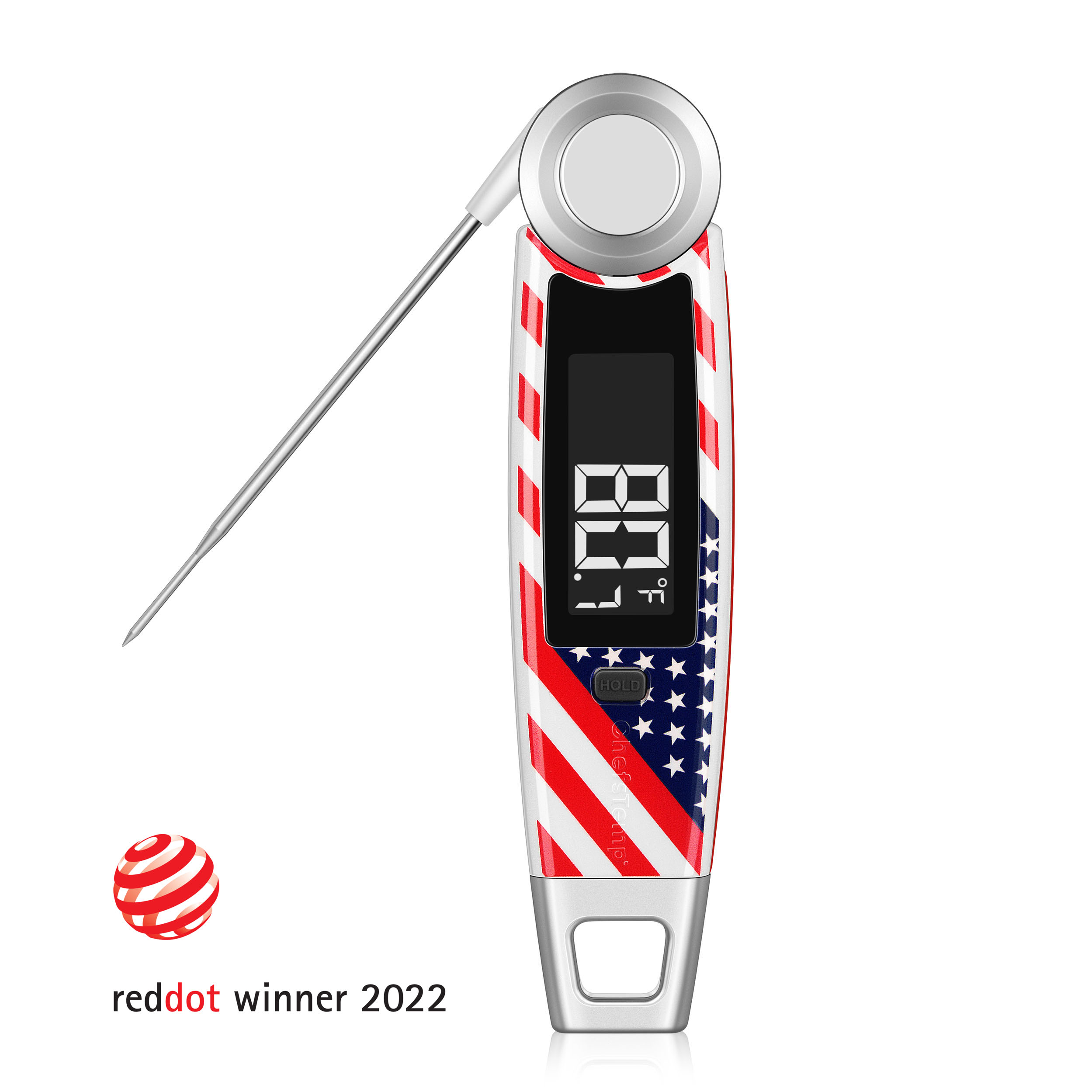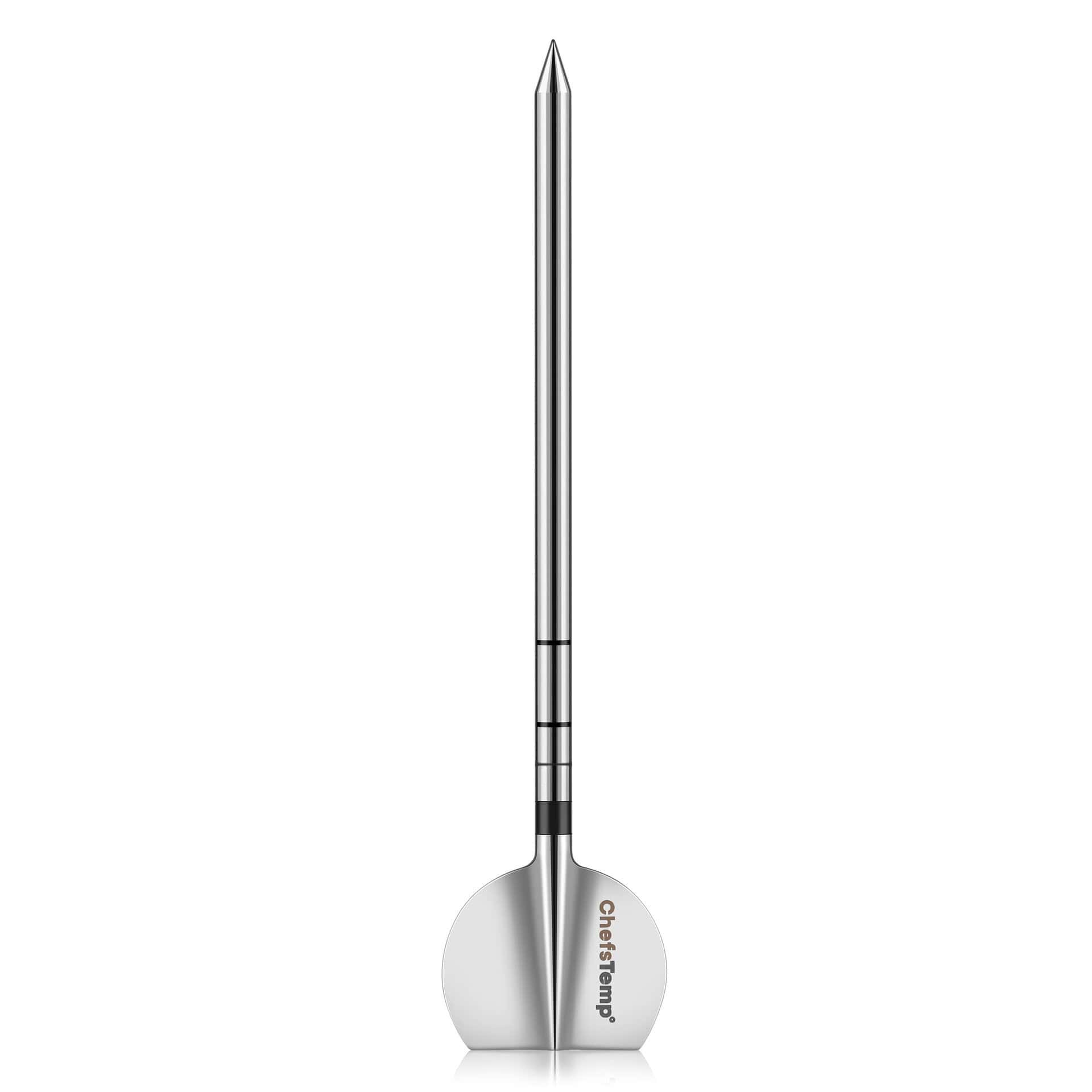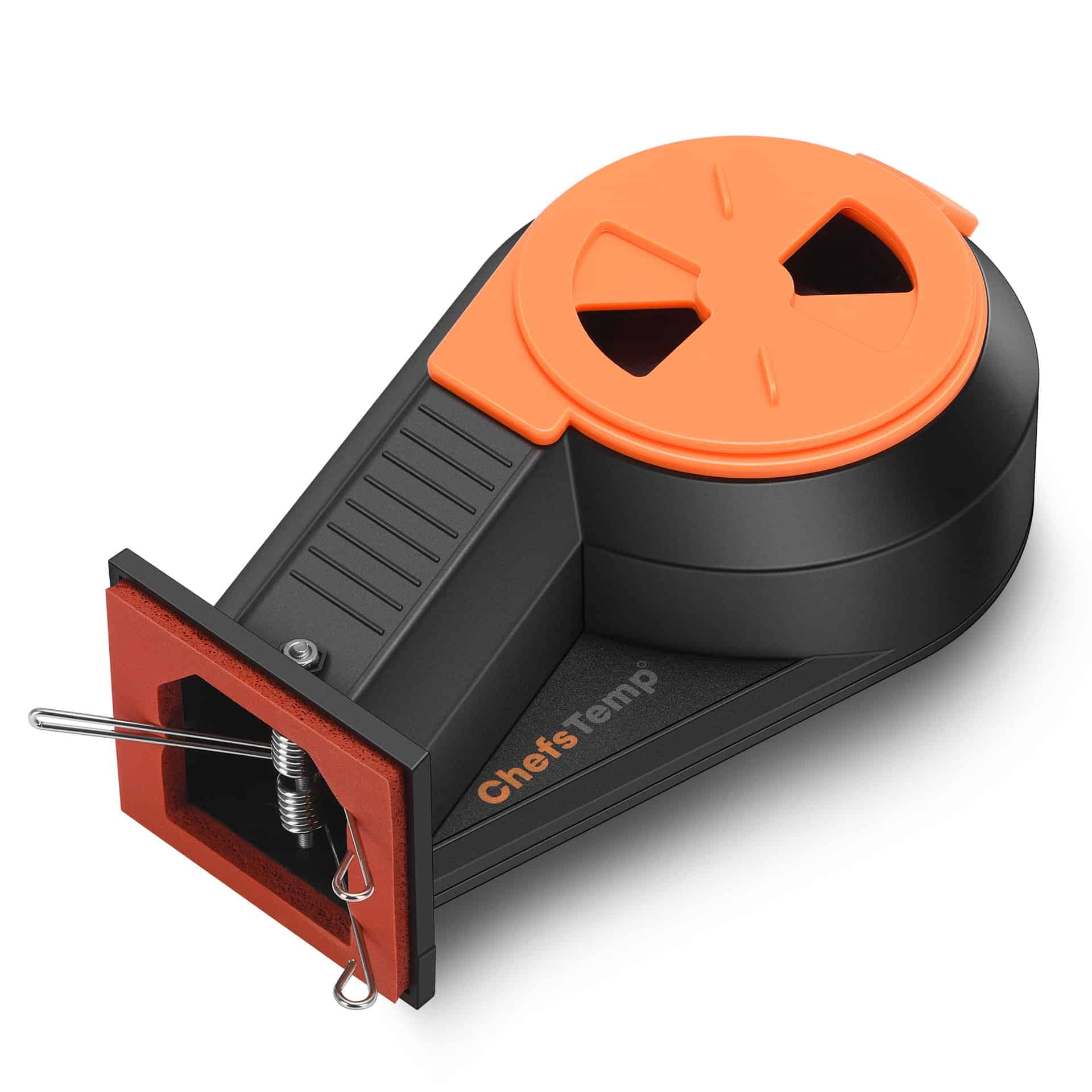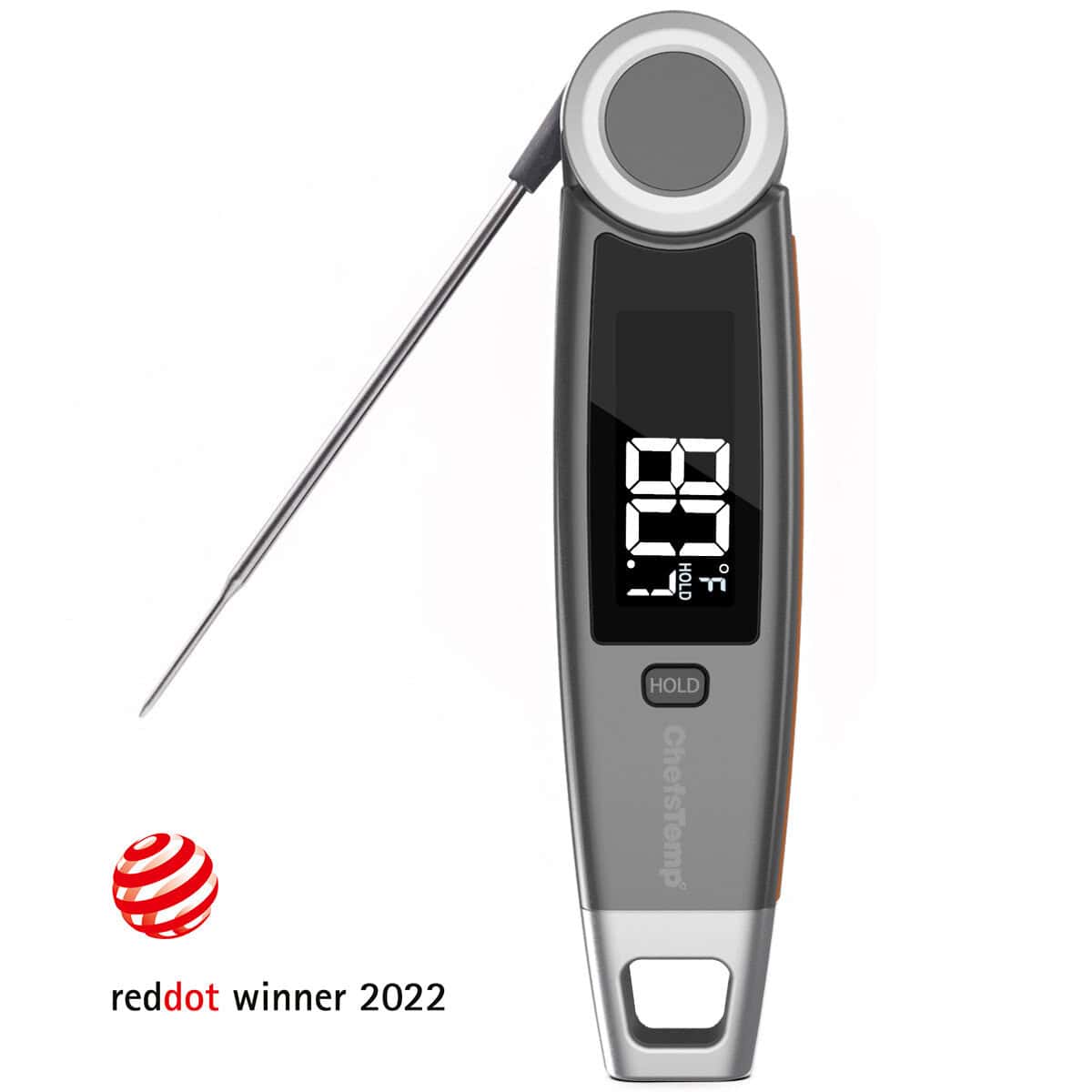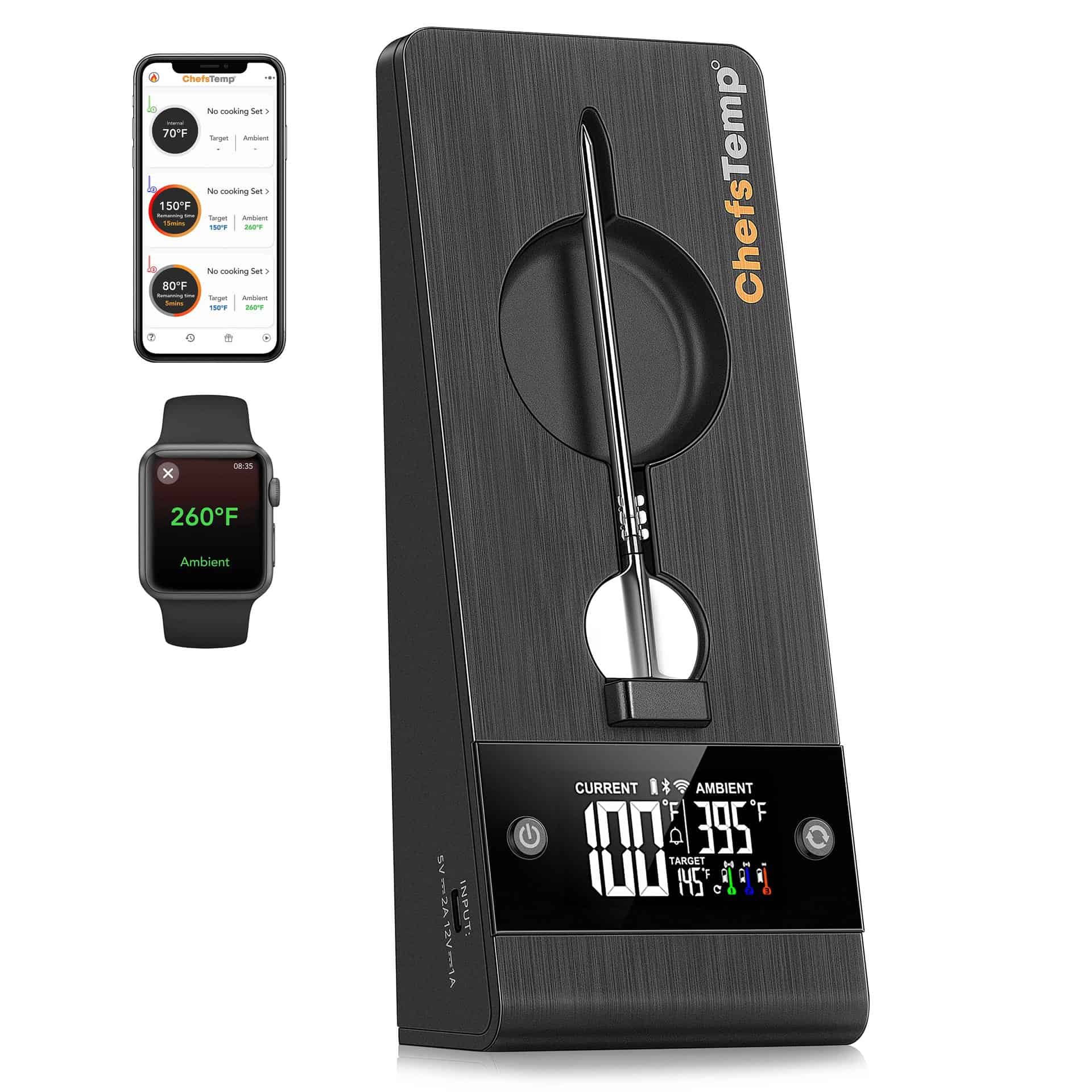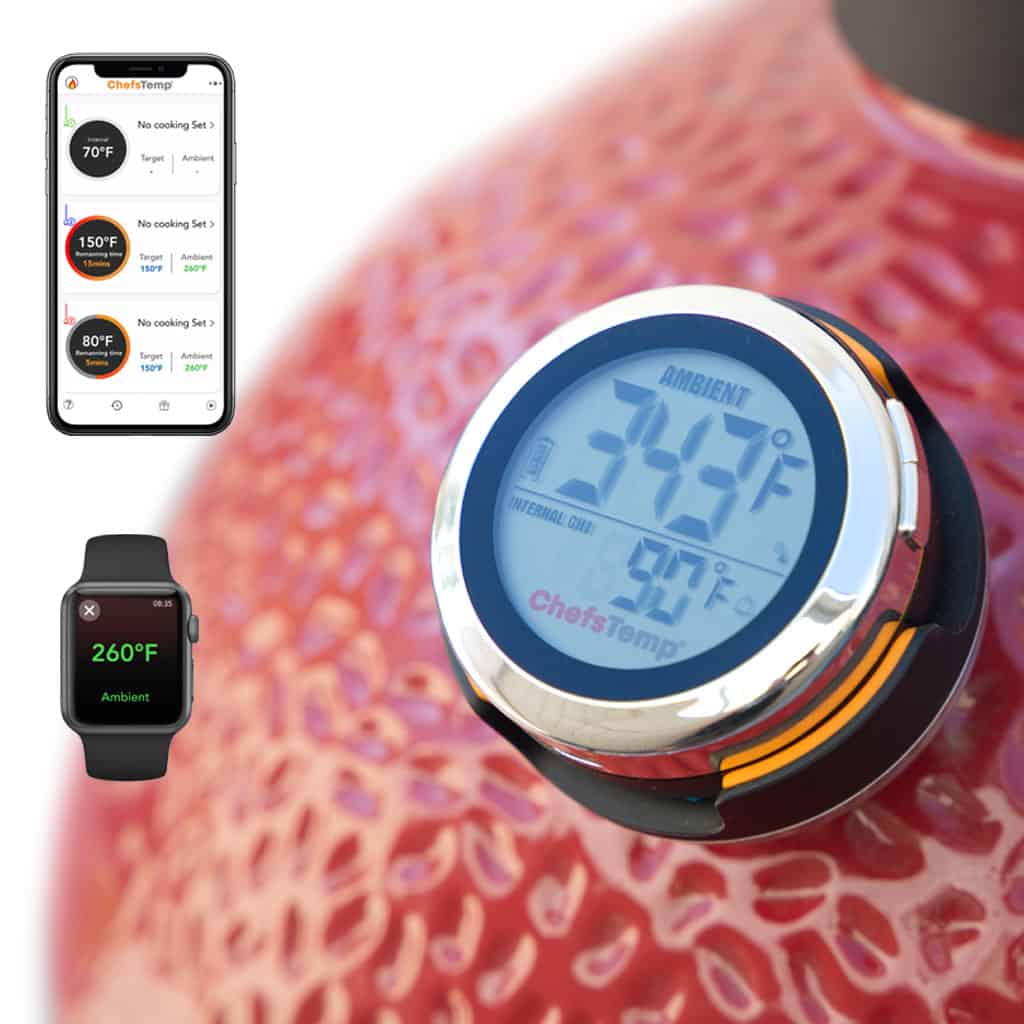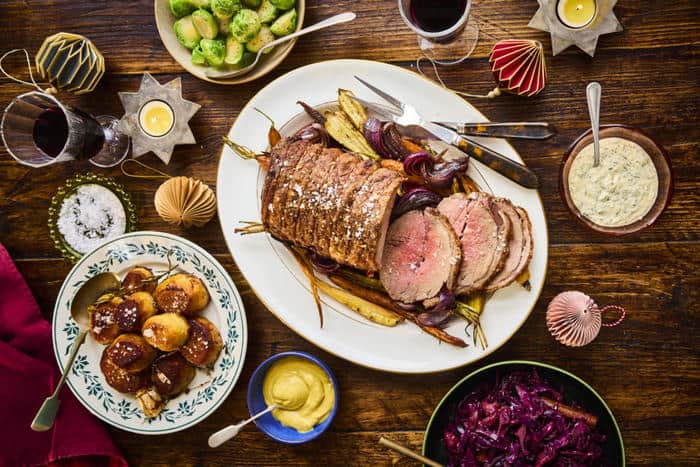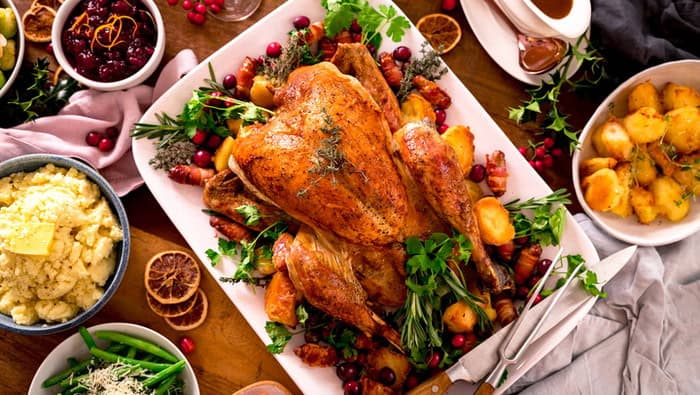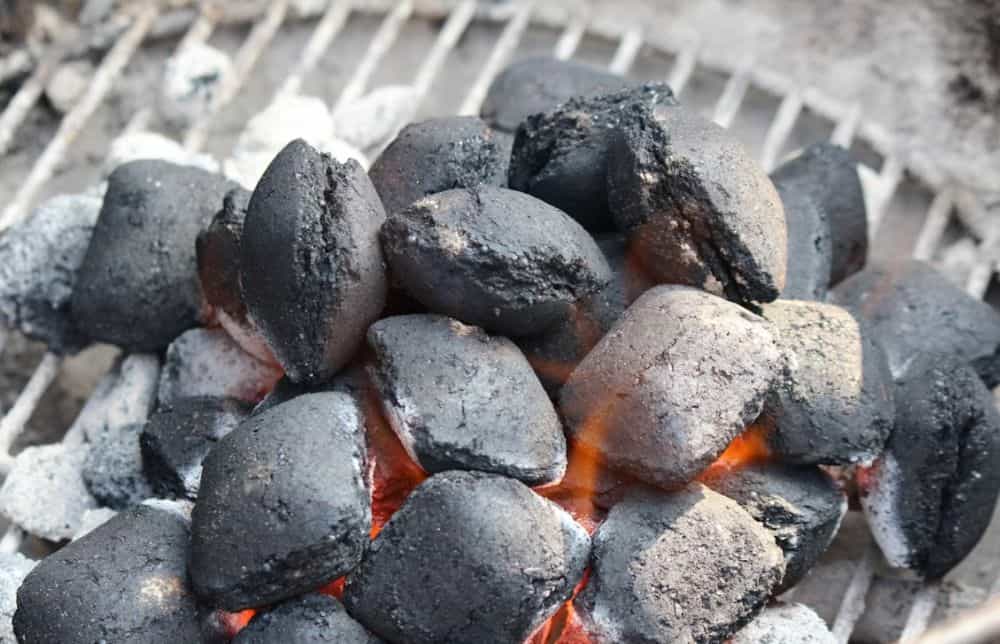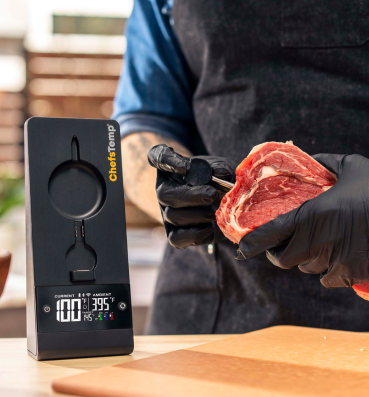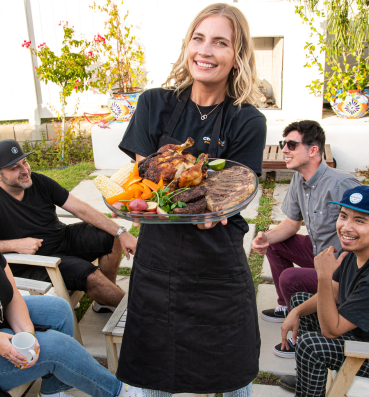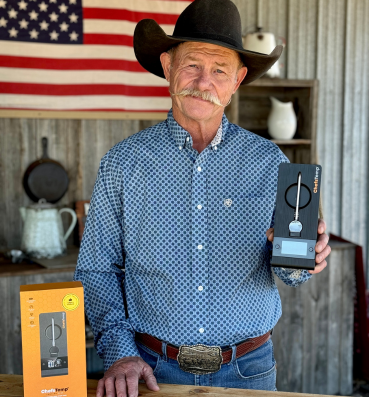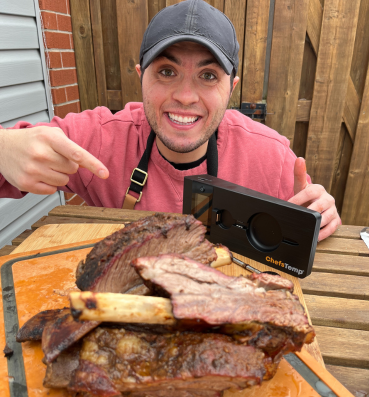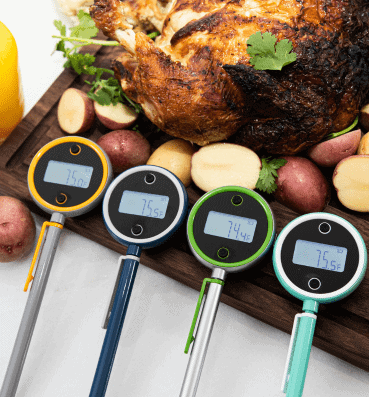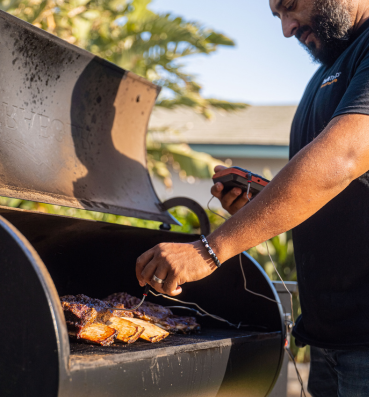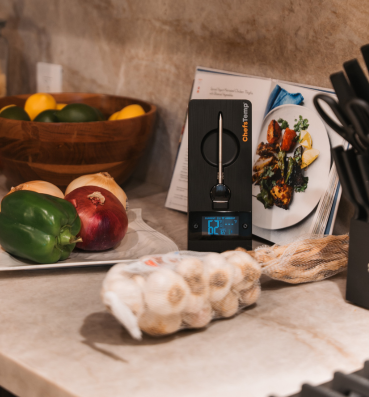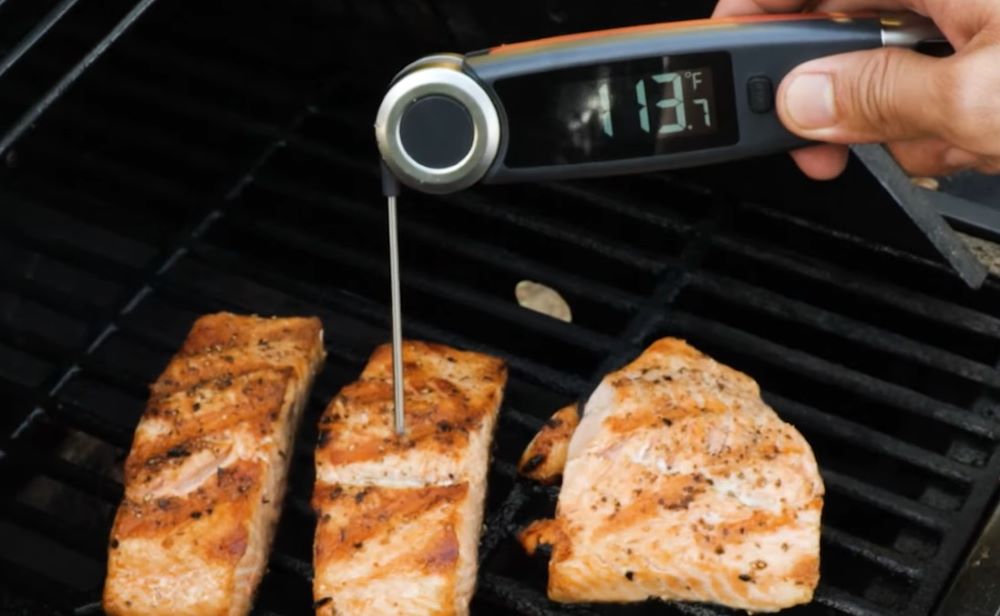
From Kitchen to Campsite: The Ultimate Guide to Choosing a Food Thermometer
Whether you’re cooking in a kitchen or on a campsite, it is crucial to prioritize food safety. A food thermometer is a must-have tool for serious cooks who want to achieve perfectly cooked meat. If you cook with different types of meats, it can be challenging to keep track of the different internal temperature requirements for each cut and type of meat. It is even more difficult to achieve the best cooking results every single time, especially when cooking a large volume of meat.
Investing in a food thermometer provides you with enhanced accuracy without compromising flavor and texture. Read on to find our essential guidelines on choosing a food thermometer for your varying needs.
Table of Contents
How to Choose Food Thermometers
This guide to choosing food thermometers covers the essential information and factors you should consider that are a fit for your cooking needs.
Food Type
When buying a food thermometer, the first thing you should ask is this: what type of food am I cooking? Your answer will largely impact your choice of thermometer because different food types require different internal temperature and reading requirements.
For example, if you are cooking meat, you need a meat thermometer which is equipped with the essential tools that facilitate reading different meat cuts, such as probes. This probe should be inserted into the thickest part of the meat to ensure that it is cooked in the middle, as the concept of temperature gradient makes it unreliable if you had to take the temperature externally.
Even different cuts of meat require different thermometer features, such as pork chops, burgers, steaks, and more. You should adjust the type of features you’re looking for in a thermometer to suit the different cuts of meat you’re working with.
Conversely, you need a different thermometer when you are deep-frying or making candy. These types of cooking involve extremely high temperatures and most food thermometers don’t have such a long range. Therefore, you need a specific thermometer for these types of food or cooking style.
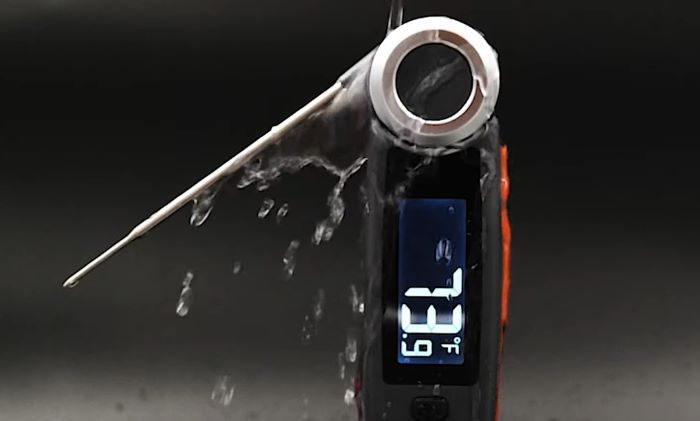
Measuring Technology
Buying food thermometers requires you to choose between two common types of measuring technology: probe and infrared.
A probe food thermometer comes with a long and sharpened metal probe that you need to insert into the meat or food. The tip of the probe has a sensor that is responsible for taking the temperature readings, which are displayed onto a corresponding display. It is connected to the display directly on the base or via a long wire.
Infrared thermometers are also becoming increasingly popular these days. Infrared technology was initially applied to radar guns or for checking temperature on various surfaces. Over time, it was adapted into thermometers, such that you can check the temperature of the food without even touching it. It is ideal for surface-only measurements and you can use the laser pointer as a guide to where the thermometer is pointed for optimal reading. Unfortunately, it cannot read internal temperature, so it is not suitable for checking doneness on poultry and other types of meat.
Cooking Method or Location
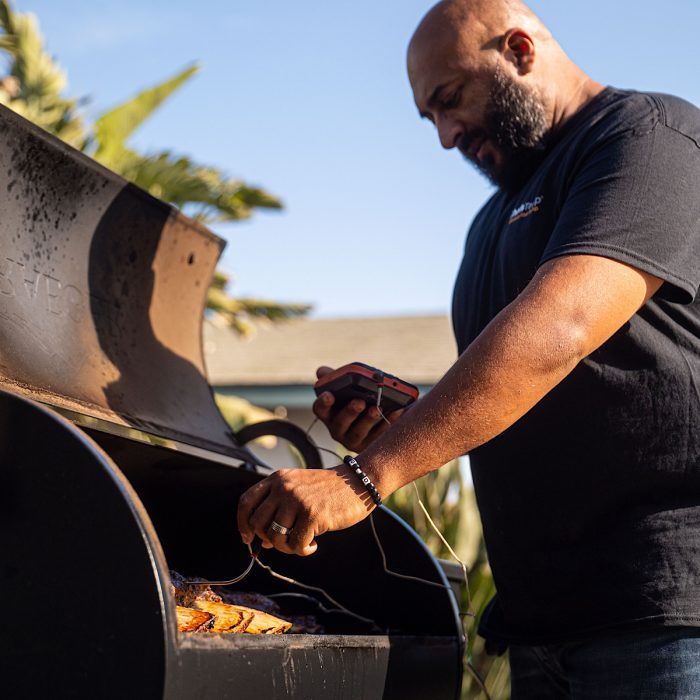
The cooking method or location where you’re preparing your food can be a significant factor in choosing the best food thermometer. For this, you can choose between a grill or oven thermometer.
A grill thermometer is designed to measure the internal temperature of grilled meat. There are other models that you can leave on the grill as the meat cooks for real-time monitoring. The latter feature is important since you can accurately determine when the meat is ready to be taken off the grill and avoid overcooking it.
Grill thermometers are also suitable for outdoor cooking. For example, if you are camping, you can bring one to your campsite so you can monitor your meat when grilling on-site. It is a handy tool that allows you to enjoy the best BBQ no matter where you are cooking.
On the other hand, you can also buy an oven thermometer. As the name implies, you can use this thermometer when baking in the oven. But not all thermometer models are oven-safe, so be sure to check the model you are buying to ensure that you can leave it inside the oven as your food cooks. An oven thermometer is a must-have because you want to accurately check the temperature of the food instead of reading the temperature of the oven. This discrepancy in the temperature reading can be the difference between cooked or undercooked meat.
Display Type
Consider the display type when buying a food thermometer as it can vary significantly based on the type and model of thermometer. Most modern thermometers have a digital display and they have a small digital screen where you can see the temperature reading. There are instant-read thermometers that can show you the temperature reading in 20-30 seconds, which is excellent for doing quick temperature checks.
However, digital thermometers are not ovenproof so you cannot insert them into the food as it cooks. You can only check the temperature after you take it out of the oven or off the grill. There are some models that come with probes with long wires for easy monitoring of temperature as it cooks.
Meanwhile, you can find thermometers with dial display types. They are also called analog food thermometers. This type of thermometer has a long metal probe that reads the temperature and displays it on a moving dial. One advantage that dial food thermometers have over digital ones is that you can place them in your food as it cooks, and they can give a wider range of temperature readings. They offer more flexibility in the types of food you cook and monitor.
Other Features to Consider
In addition to the above features and factors, you should also check for additional features that will help you make an informed decision when buying a food thermometer. For example, some modern thermometers have advanced features wherein you can program temperature settings for specific types of meats. It makes it easier to achieve the ideal cooking of your meat based on the preset temperatures.
Wireless connectivity is also another factor to consider, which will be significant in choosing what food thermometer to buy depending on your needs. Despite their name, though, wireless thermometers have probes that connect to an external unit outside the oven. It allows remote monitoring of the food temperature so you can freely step away from the oven and do other chores. Since they have a limited range, you can only use the probe and external unit depending on the available range.
Thermometers have come a long way since they were introduced for cooking. Take advantage of the many features and options available to pick the most reliable tool for cooking and get the best results every time.
Discover Other ChefsTemp Products
Discover more recipes and learn kitchen tricks by joining our cooking family on Facebook.
You may also like:
